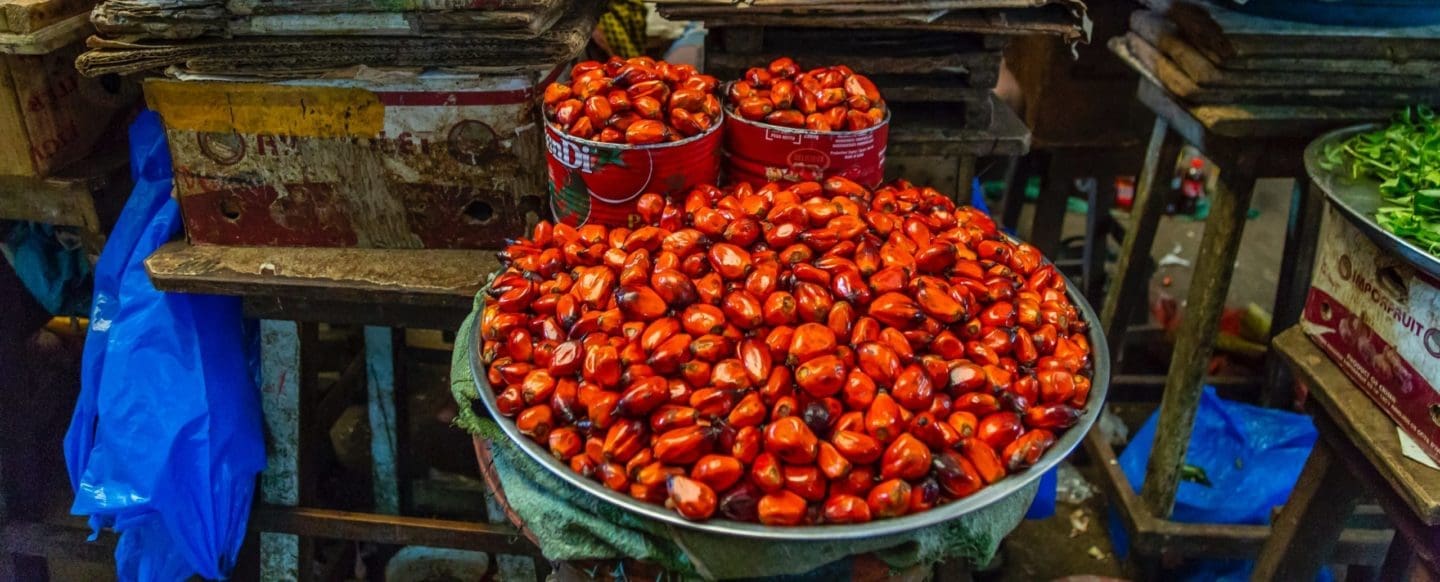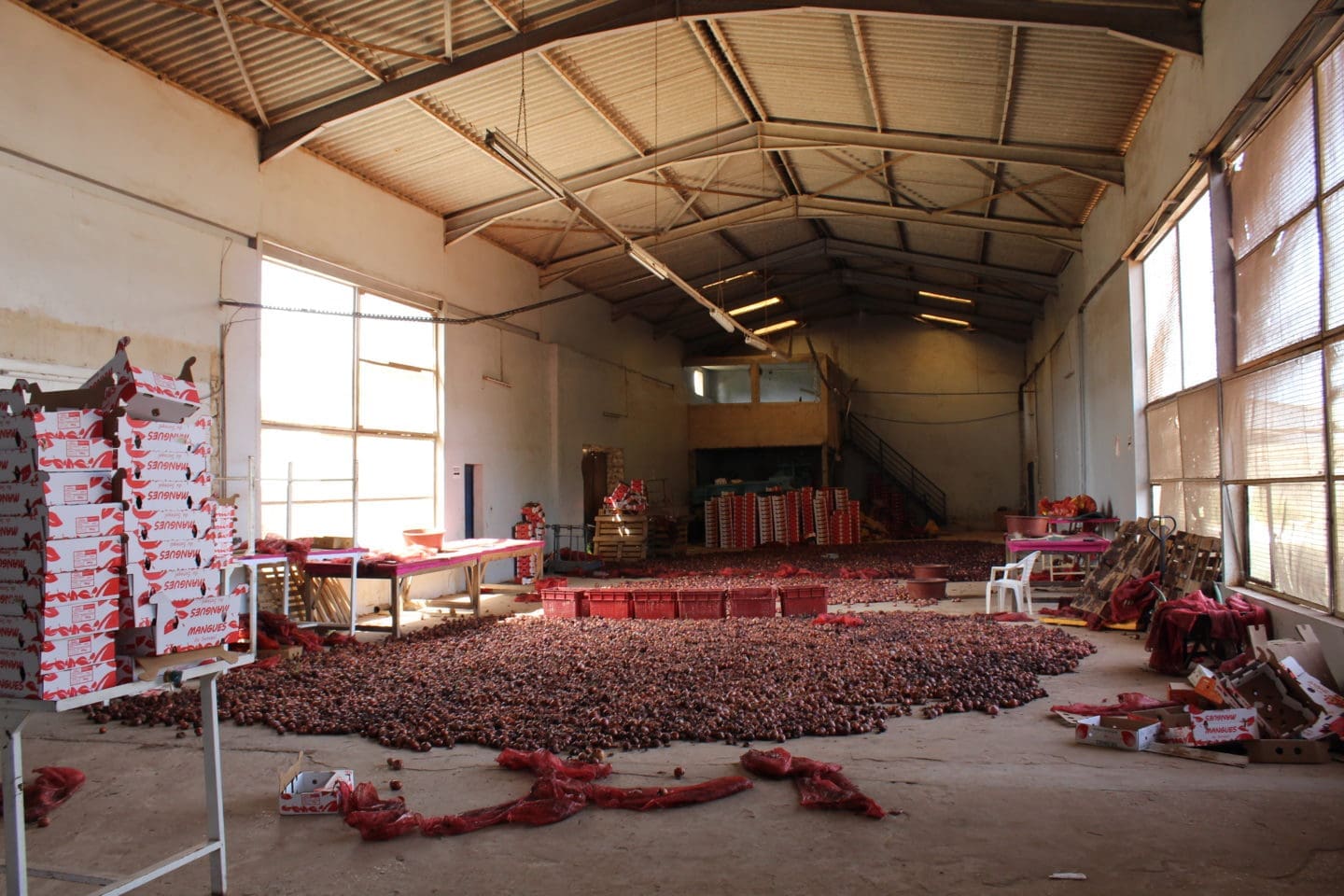Nothing excites me more than visiting an open-air market and sampling some succulent, juicy pineapple, or a yellow-ripe sweet banana amidst small chit-chat with the friendly women vendors. These pleasantries are no longer the norm. With all of us wearing masks, I can hardly recognize my vendors and they cannot make out their customers. I don’t taste the fruits until they are washed in soapy water.
The Covid-19 pandemic has revealed that while open markets are a key component of a sustainable food system, they aren’t built for a crisis like this one. Urban food markets in Africa often lack adequate infrastructure, resulting in over-crowded spaces and massive amounts of food waste. Vendors have little or no control over the hygiene practices of their suppliers and customers, making food safety protocols difficult to follow.

The Government of Kenya, through the Ministry of Agriculture, has provided guidelines to help secure the food supply during this challenging time. While this is a good short-term measure, we need to be thinking about the long-term changes that will make our markets more resilient for the future. African countries can develop prototypes for “smart” markets fit to our context, designed to ensure health and safety, and equipped to meet our food needs now and into the future. The big question however is, what could an African Smart Market look like?
Firstly, the vast roofs of markets are a perfect place to install solar panels, enabling markets to run on sustainable energy. The power generated could also serve surrounding consumers and businesses.
Secondly, modern African markets provide the perfect opportunity for water harvesting infrastructure. The roofs of the markets could collect water during rains and would help keep the market well-sanitized and supply customers and vendors with clean drinking water.
Good water supply goes well with sanitation facilities. Water, sanitation and hygiene facilities are critical to limiting infection spread and protecting health. Clean facilities, maintained by private sector partners, could offer services such as sorting bays and improve hygiene by sanitizing surfaces for vendors.
Additionally, Kenya generates 8 million tons of waste annually and nearly 40 percent of it comes from urban areas. Market waste can be sorted and converted to bio-degradable products to generate power. Organic waste could be used to produce alternative proteins for animal feed such as black soldier fly production.
It is also worth noting that markets can be designed with basic food processing infrastructure to convert fruits into fresh juices. This could contribute to reducing food waste.

Food wastage reduction cannot be efficient without a dedicated cold storage infrastructure. Without adequate storage in markets, fruits and vegetables spoil quickly under the hot sun. Cold storage solutions such as ColdHubs, would reduce post-harvest losses. Through the YieldWise Initiative, and in partnership with TechnoServe, The Rockefeller Foundation has already invested in reducing post-harvest losses among smallholder mango farmers in Kenya. With investments in cold storage solutions, the smart market would provide an additional opportunity at the point of sale to reduce post-harvest loss.
To safeguard human health, food safety and traceability must be a priority throughout the food system. While subsistence production, informal distribution channels, and traditional community markets make it difficult to implement large-scale food safety interventions, smart markets could promote a shift in consumer attitudes by designating a section where traders only sell certified and traceable produce. This could be a big step toward creating consumer demand for food safety and traceability and lay the groundwork for future reform.
Therefore, a carefully considered market design is the final piece of the puzzle. For example, traders in the sunniest and windiest spots often cover their stalls in dirty sacks, introducing unnecessary risk of contamination. Markets could be optimized to have clear entries and exits and take into account the direction of the sun and wind, minimizing the need for extra work and unsanitary makeshift solutions.
As we think about designing the markets of the future, we should also explore business models to help markets become self-sustaining.
We must take Covid-19 as an opportunity to think creatively and help our markets evolve to be more hygienic, more sustainable and more resilient to future shocks and disruptions. By doing this, we can help protect our local vendors’ livelihoods and ensure that millions of Africans have secure access healthy, nutritious food.
This piece first appeared in the Daily Nation on May 18, 2020, and reposted with permission.